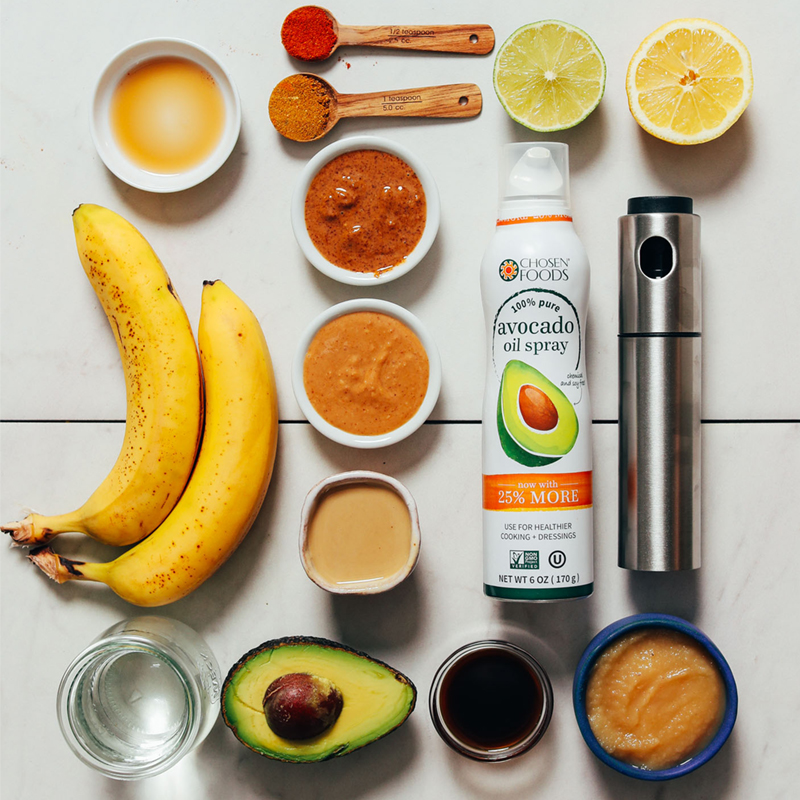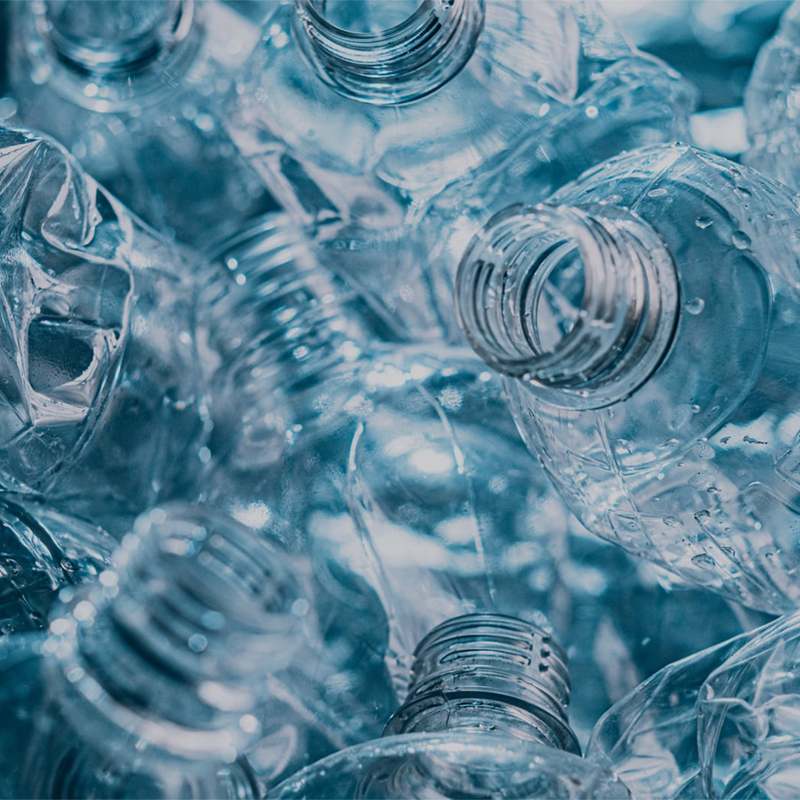Embracing Sustainability The Power of Post-Consumer Recycled Materials
In our journey towards a more sustainable future, one key player often takes center stage - post-consumer recycled (PCR) material. As we grapple with the environmental challenges of our time, understanding and embracing the significance of PCR materials becomes crucial. Let's delve into the world of post-consumer recycled materials, exploring their sources, benefits, and the positive impact they can have on our planet.
Defining Post-Consumer Recycled Material:
Post-consumer recycled material refers to the ingenious practice of repurposing materials that have completed their lifecycle as consumer products. Unlike pre-consumer recycled materials, which come from manufacturing waste, PCR materials are derived from items that have been used by individuals and collected through recycling programs.
The Lifecycle of PCR Materials:
The journey of post-consumer recycled materials begins with collection and sorting. From plastic bottles to paper products and glass containers, these materials are meticulously separated at recycling facilities. The next step involves cleaning and processing to remove contaminants, ensuring the materials meet quality standards for reuse in new products.
Benefits of Using PCR Materials:
1. Resource Conservation: By opting for PCR materials, we actively reduce the demand for virgin resources, contributing to the conservation of our planet's raw materials.
2. Energy Savings: The production of goods from PCR materials typically requires less energy compared to using virgin materials. This not only conserves energy but also helps lower greenhouse gas emissions.
3. Waste Reduction: Embracing post-consumer recycled materials is a powerful step in minimizing the amount of waste sent to landfills, fostering a more sustainable and circular economy.
Common PCR Materials:
1. Plastics: PCR plastics find new life in the creation of various products, including bottles, containers, and packaging.
2. Paper: The recycling of post-consumer paper content results in newspapers, cardboard, and office paper, all contributing to a more sustainable paper industry.
3. Glass: Recycled glass from post-consumer sources is transformed into new glass containers and products, reducing the need for new raw materials.
Certifications and Standards:
To empower consumers in making informed choices, certifications and standards play a crucial role. Organizations like the Forest Stewardship Council (FSC) provide certifications for paper products, while the Recycled Content Certification from GreenCircle Certified indicates the percentage of post-consumer recycled content in various materials.
In a world where environmental consciousness is no longer a choice but a responsibility, post-consumer recycled materials stand as champions of sustainability. As consumers, businesses, and industries alike continue to embrace the power of PCR materials, we collectively contribute to a healthier, greener planet. Let's champion the cause of post-consumer recycled materials and weave a more sustainable future for generations to come.



